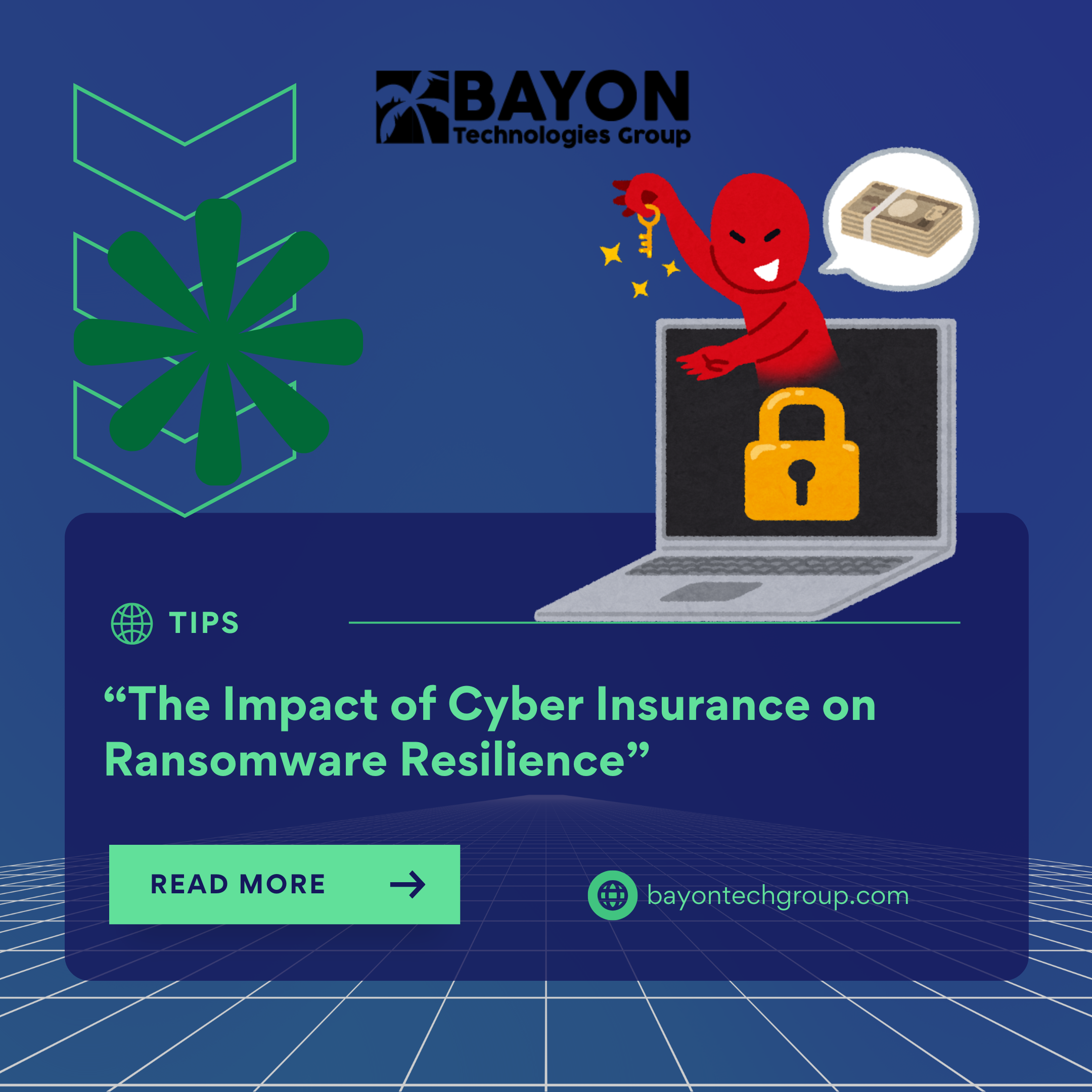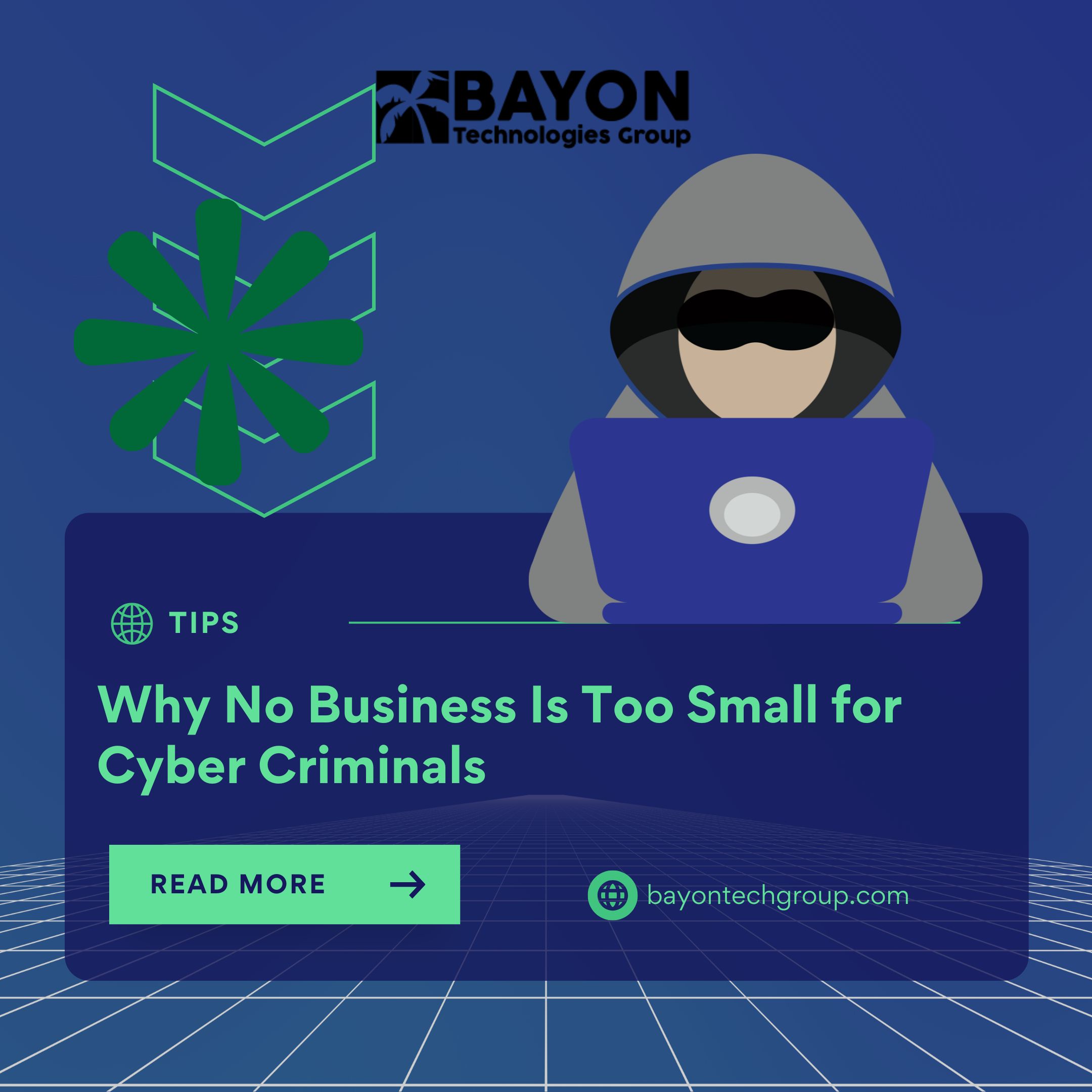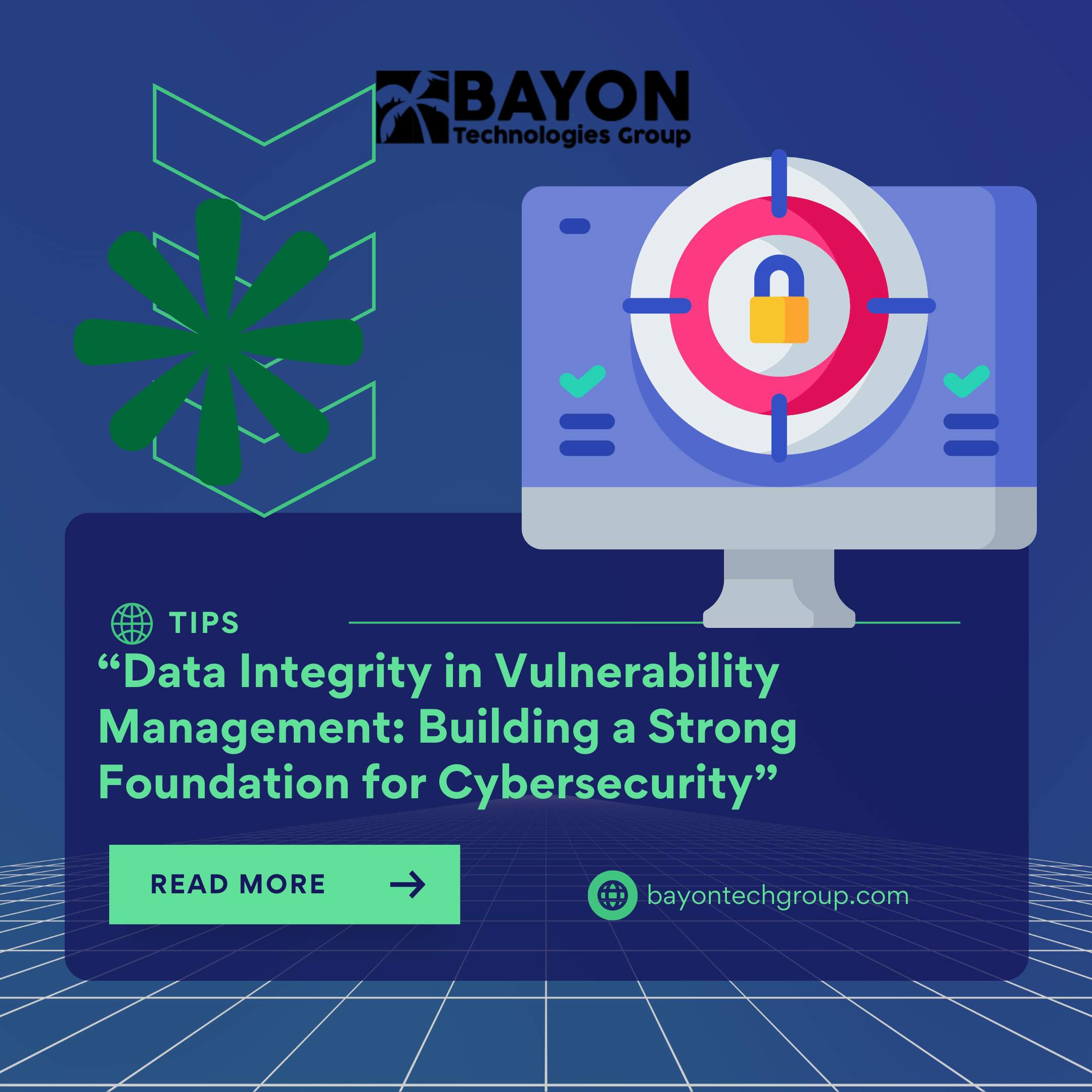The Impact of Cyber Insurance on Ransomware Resilience

Ransomware has come a long way since its inception in 1989, when the first attack was executed using a floppy disk. The game-changer came in the 2010s with the advent of cryptocurrencies and untraceable payment methods, which fueled a dramatic surge in ransomware incidents. Among the many factors influencing this evolution, cyber insurance has emerged as one of the most significant, reshaping how businesses prepare for and respond to cyber threats.
Evolving Threat Landscape and the Role of Cyber Insurance
In the early 2010s, ransomware attacks like CryptoLocker were relatively low-cost and indiscriminate, demanding only a few hundred dollars. However, as cybercriminals honed their tactics—introducing models such as "Ransomware as a Service"—attacks became more targeted and financially devastating. Industries with weaker cyber defenses, such as manufacturing, healthcare, and government, soon became prime targets due to the high costs associated with downtime and recovery.
Initially, many organizations relied on cyber insurance to cover ransom payments. This approach, however, inadvertently contributed to a vicious cycle: paying ransoms not only fed the attackers but also led to soaring claim volumes that exposed insurers to significant losses.
Transformative Changes in Cyber Insurance Policies
Recognizing these challenges, cyber insurers began to overhaul their policies. The industry shifted from merely providing a safety net to actively promoting better cybersecurity practices among policyholders. Insurers introduced stricter underwriting criteria, much like traditional home insurance, which now requires businesses to demonstrate robust security measures before granting coverage. Key areas of focus include:
- Data Segregation and Backup Encryption: Ensuring production and backup data are isolated and securely encrypted.
- Disaster Recovery Testing: Regularly conducting and updating disaster recovery (DR) plans.
- IT and Cybersecurity Budgets: Allocating sufficient resources to maintain and upgrade security infrastructures.
- Patch Management: Swiftly deploy critical updates and avoid the use of outdated software.
- Incident History: Evaluating whether the business has previously suffered a ransomware attack.
By increasing premiums and tightening coverage requirements, insurers have effectively incentivized organizations to strengthen their defenses rather than rely on quick, costly fixes like ransom payments.
A Shift Toward Resilience
These changes have had a profound impact. Businesses are now more proactive in implementing immutable backups, segregating operations, and performing regular DR tests. As a result, while more organizations have cyber insurance, the frequency of claims has notably decreased. Companies are recovering from attacks independently, mitigating both financial and reputational damage.
Ultimately, although paying a ransom might appear to offer a short-term solution by reducing downtime, it only perpetuates the cycle of cyberattacks. Cyber insurance has played a pivotal role in breaking this cycle by encouraging a preventive, rather than reactive, approach to cybersecurity. In doing so, it has become one of the most effective factors in enhancing overall cyber resilience across industries.
Take the Next Step in Cyber Defense
If you’re looking to fortify your organization against ransomware and other cyber threats, don’t wait until an attack occurs. Contact Bayon Technologies today for a FREE consultation and expert guidance on how to keep your company safe from cyberattacks. Let us help you build a robust cyber defense strategy that not only minimizes risk but also empowers your business to thrive in a digital world.
‹ Back







